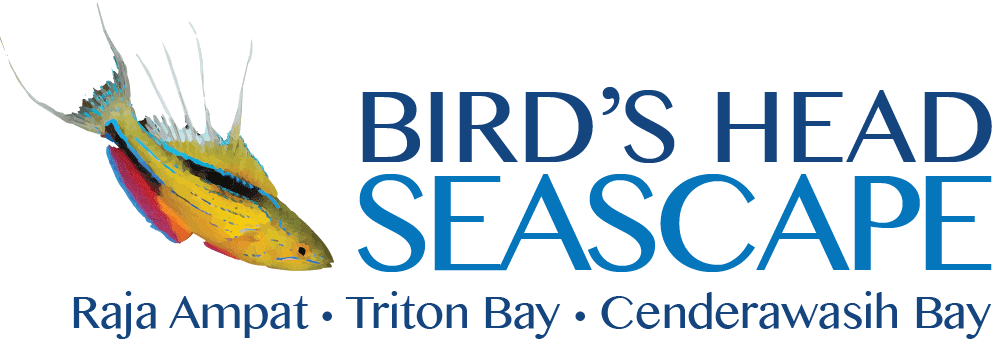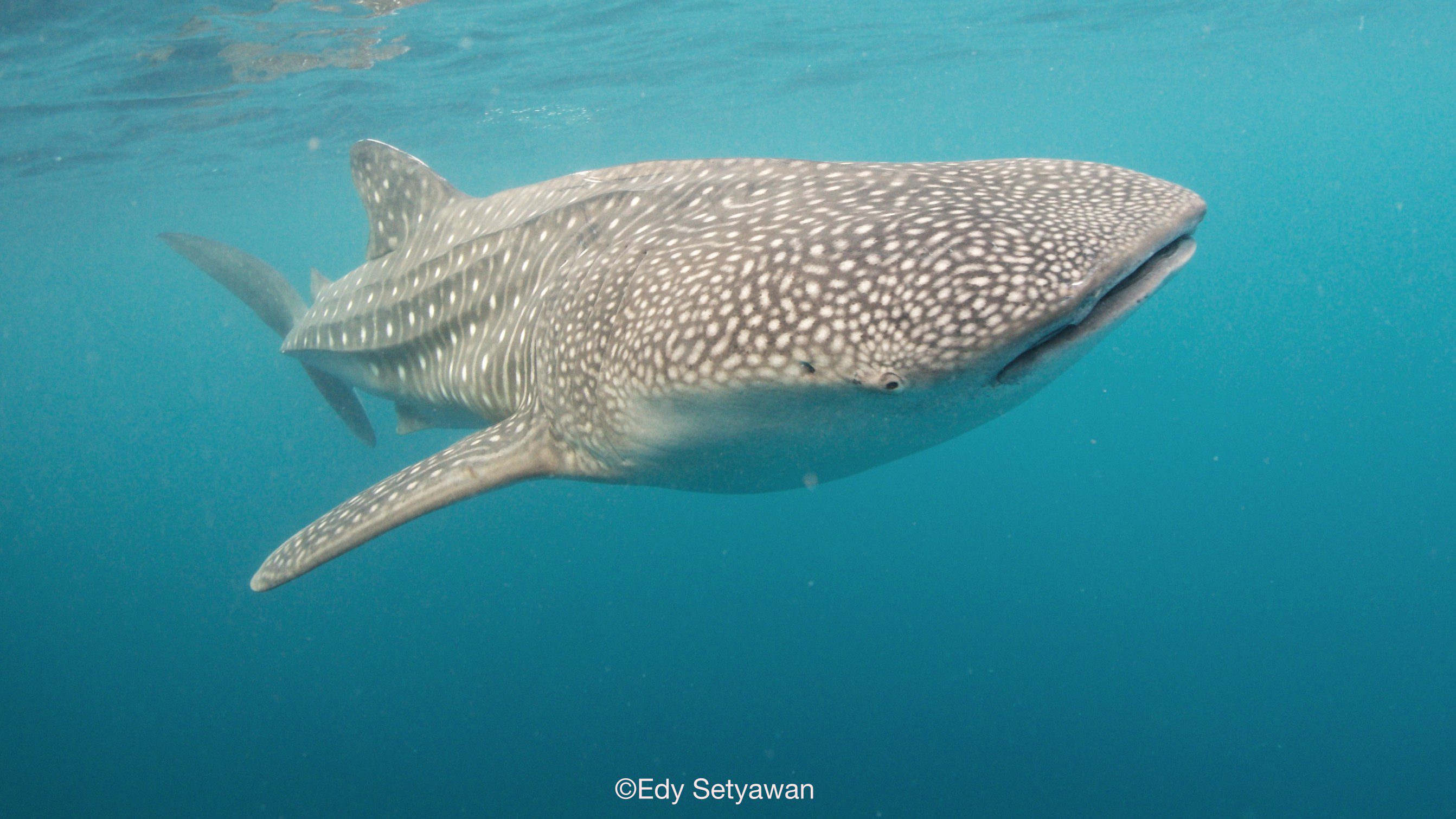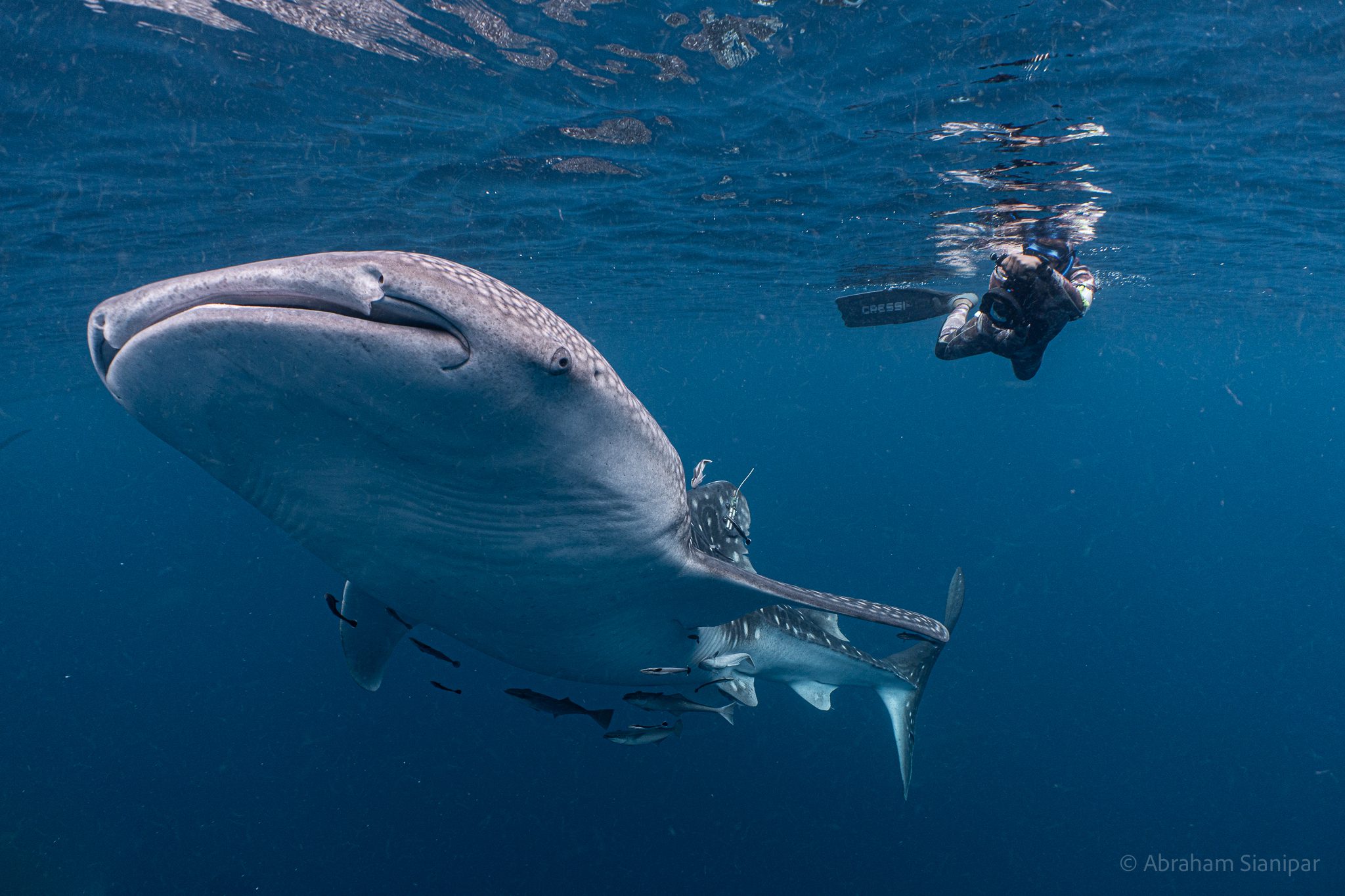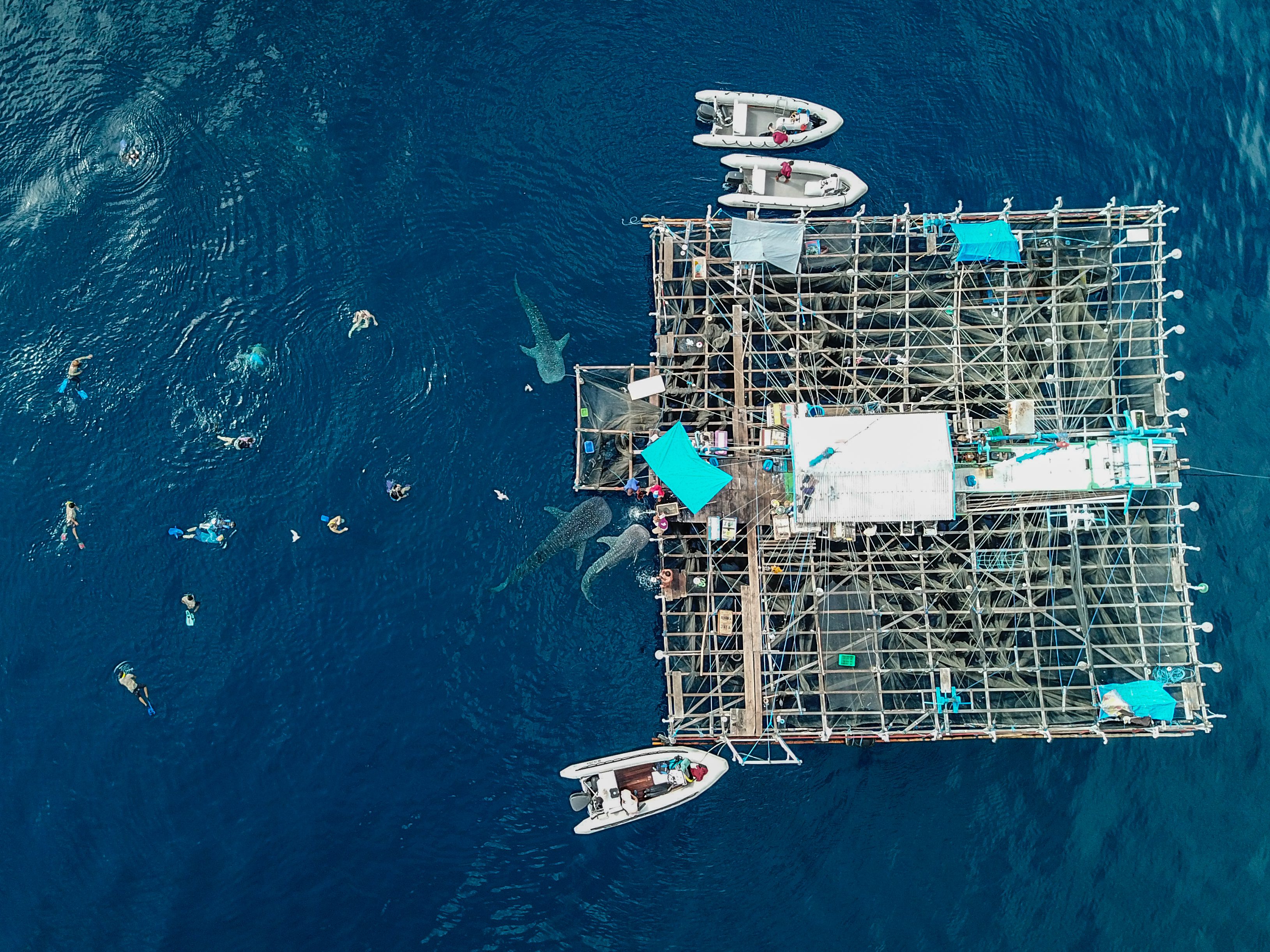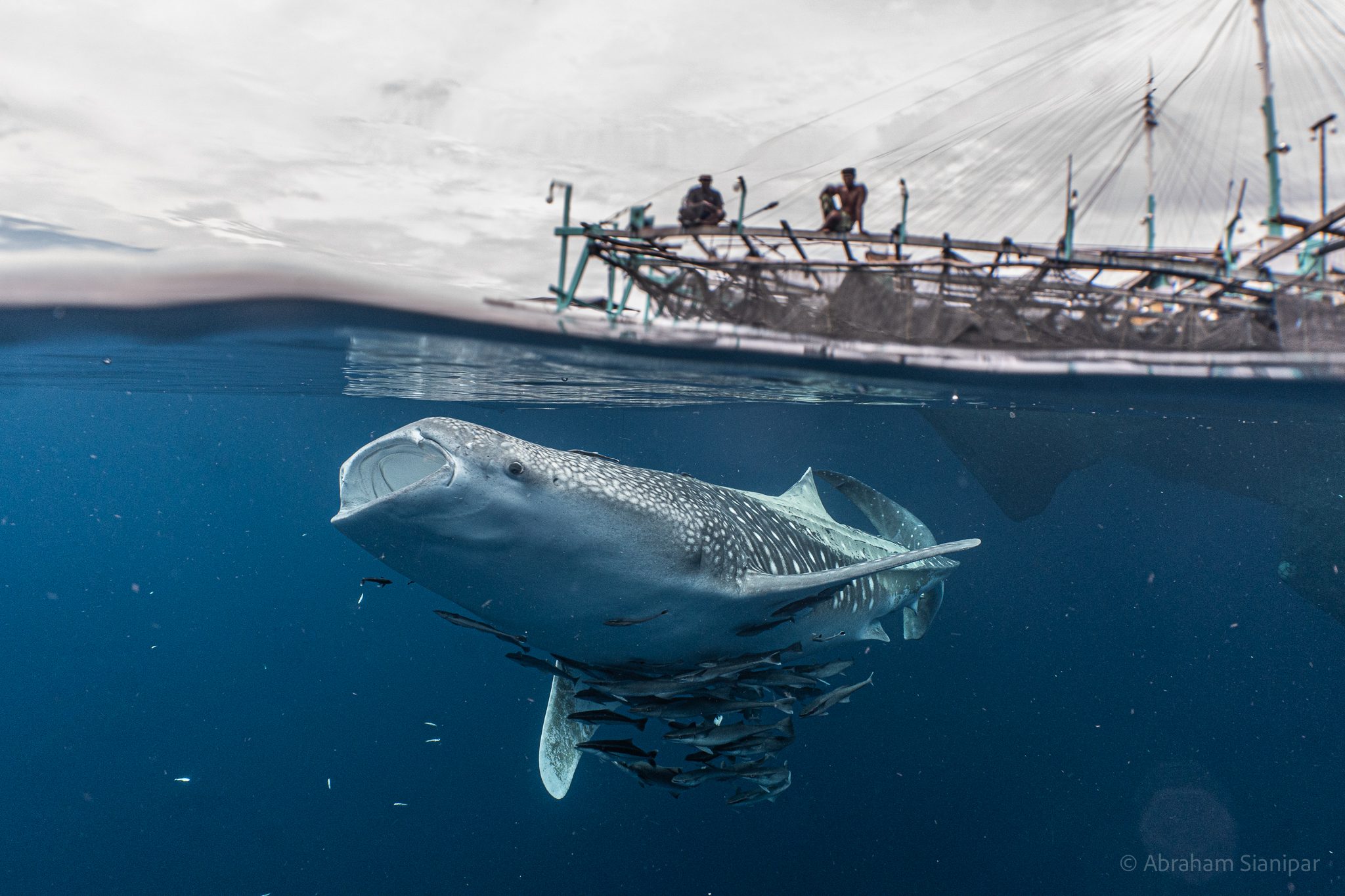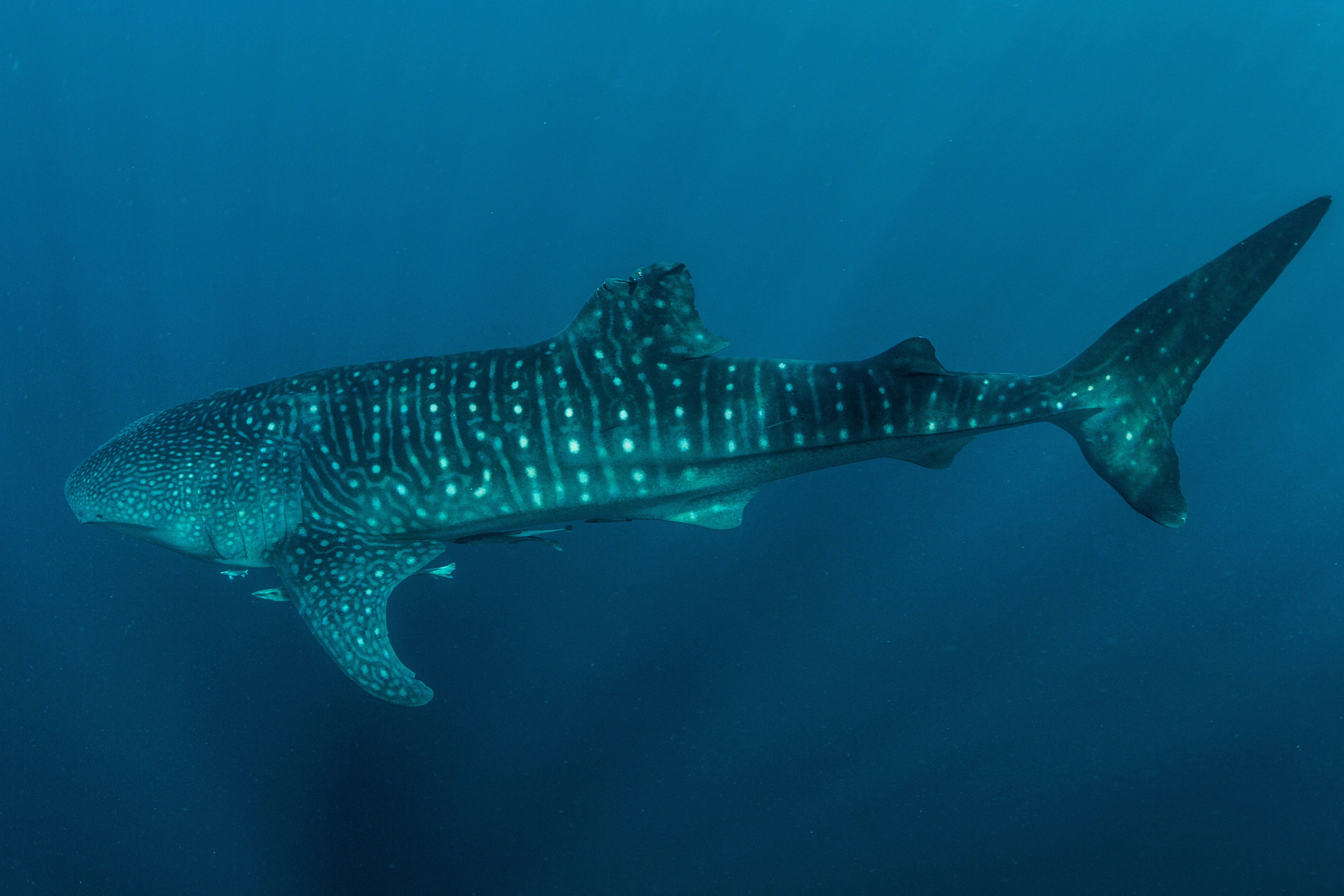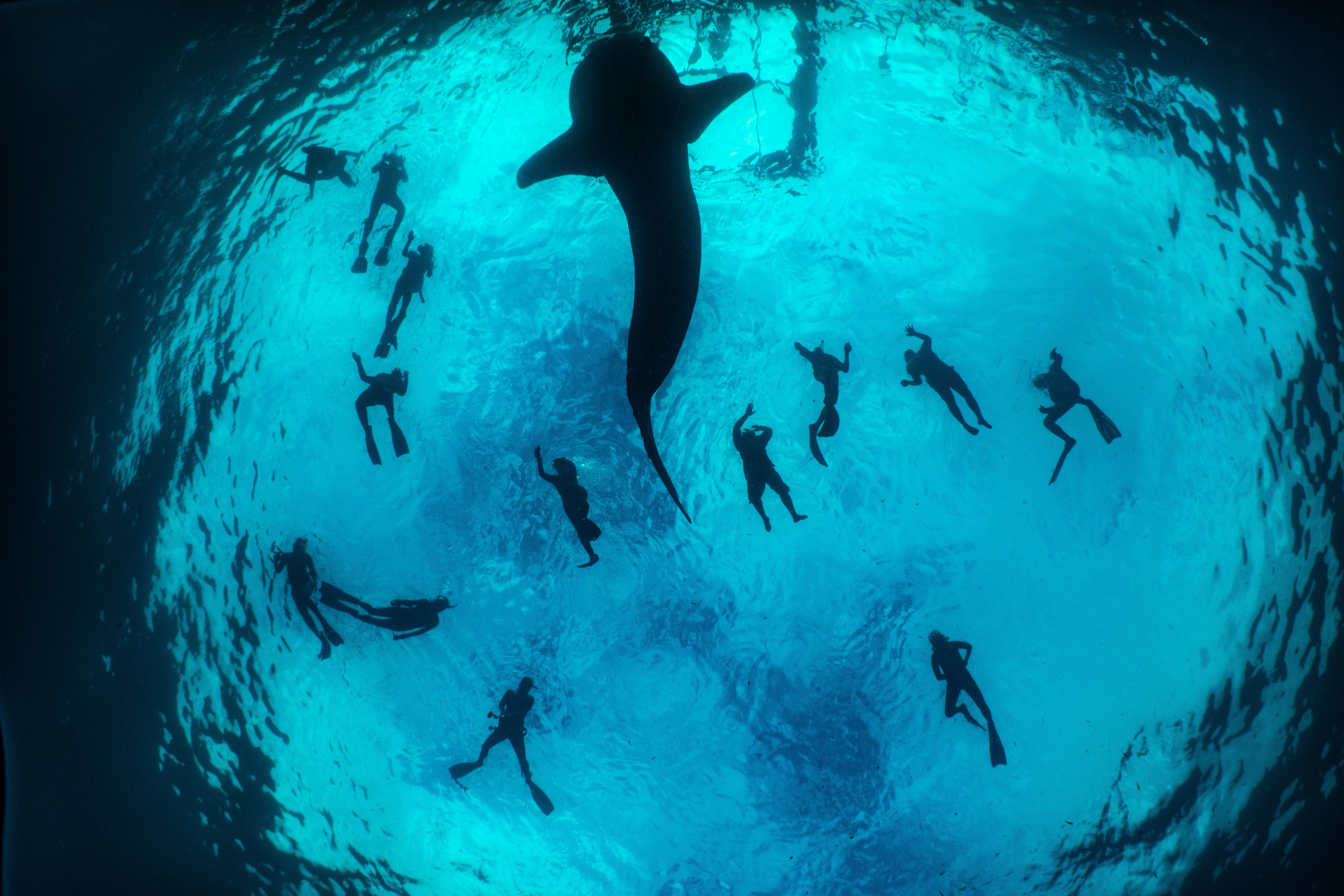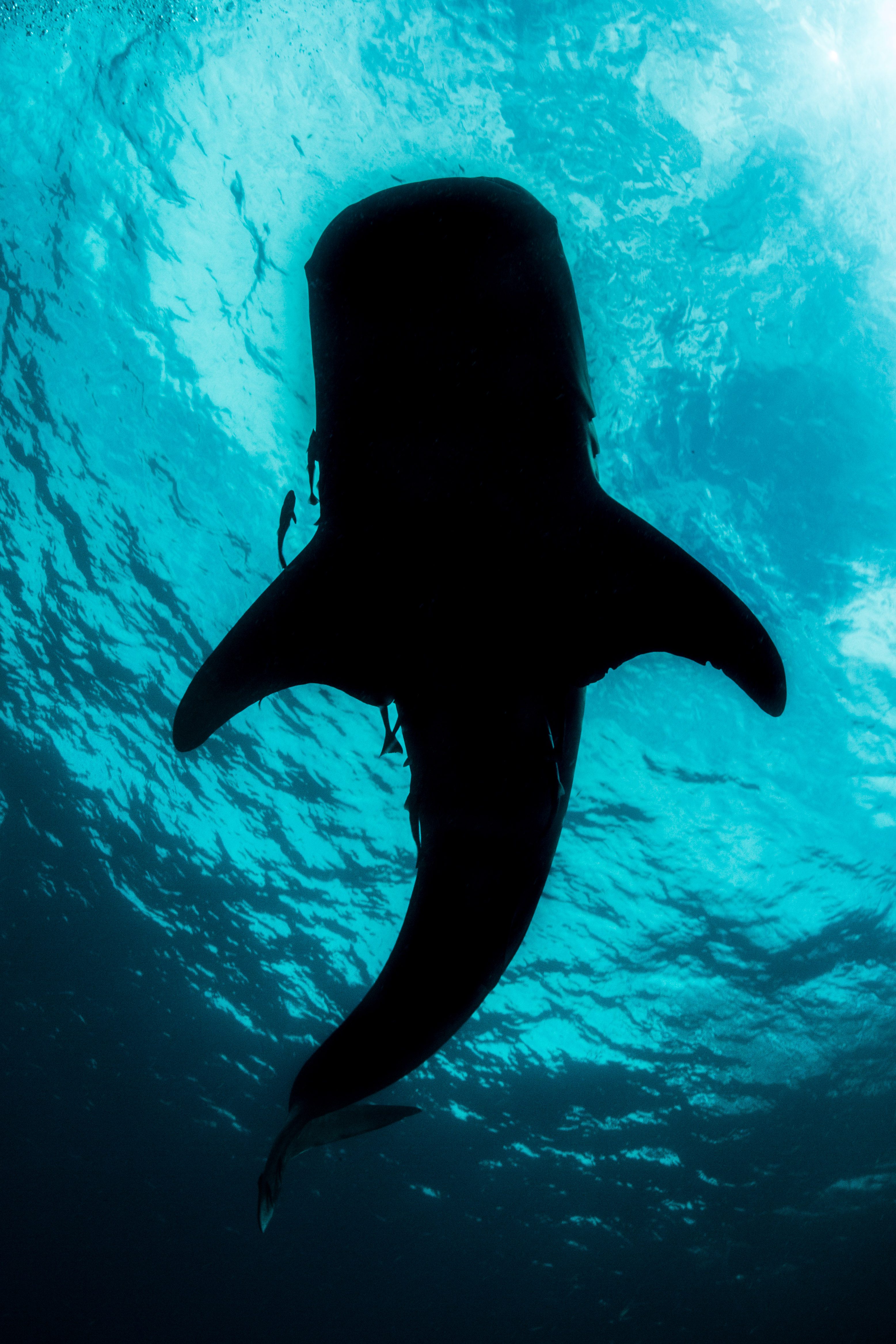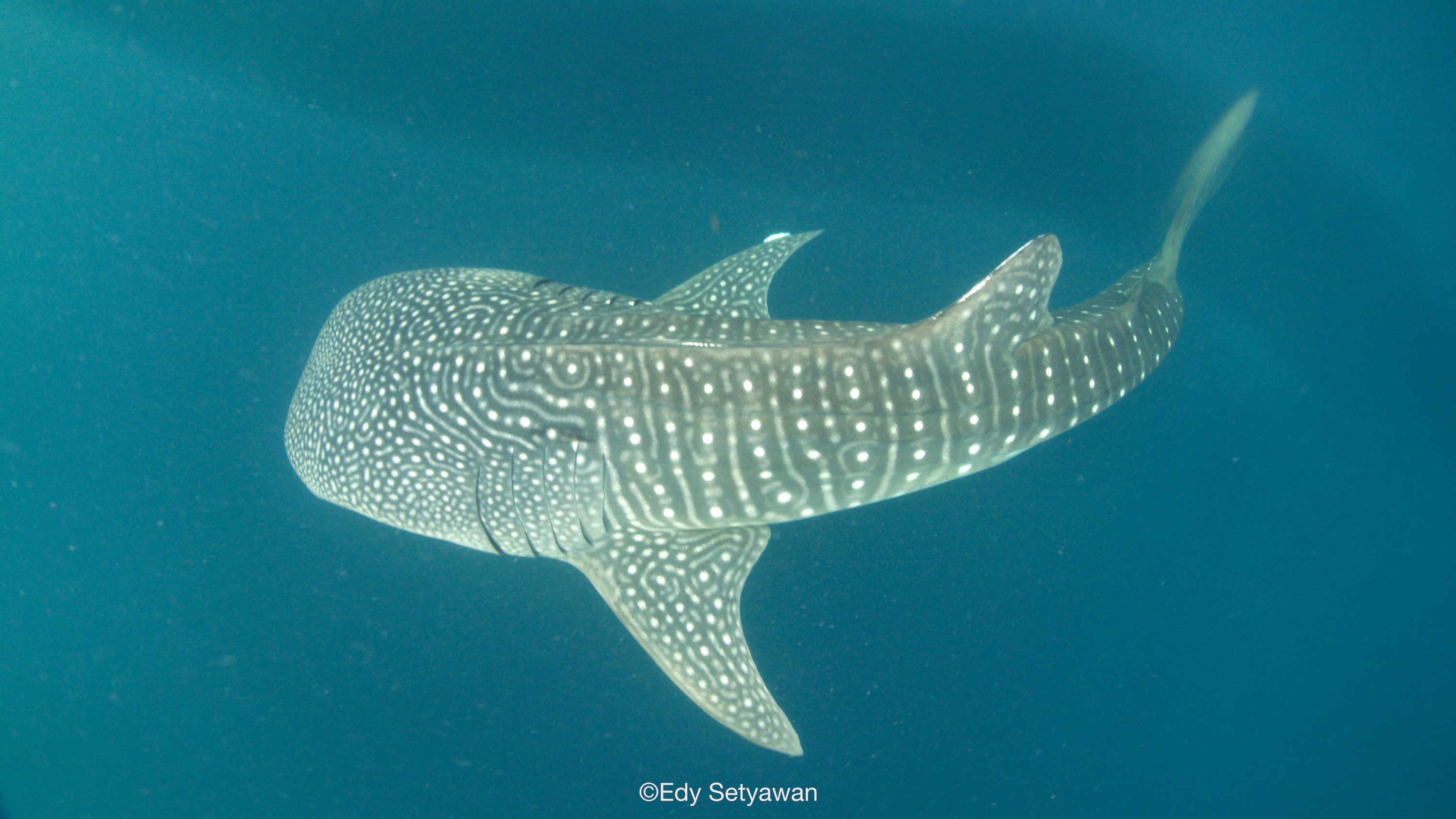A Thirteen Year Journey into the Lives of Indonesia’s Whale Sharks
Administrator’s note: This original research study documents the population demographics and residency of the globally endangered whale shark (Rhincodon typus) within four key regions of Indonesia’s Birds Head Seascape, Cenderawasih Bay, Kaimana, Raja Ampat and Fakfak. It was published on 28 August 2025 in Frontiers in Marine Science. It is co-authored by *Edy Setyawan, Abdy W. Hasan, Yance Malaiholo, **Abraham B. Sianipar, Ronald Mambrasar, Mark Meekan, Bronwyn M. Gillanders, Ben D’Antonio, Mochamad I. H. Putra and Mark V. Erdmann.
A 13-Year Journey into the Lives of Indonesia’s Whale Sharks
Most studies on whale sharks in Indonesia and elsewhere have been limited to short-term surveys at single locations, leaving big gaps in our understanding of how long these giants remain in an area and how they move across regions. Our research takes a different approach. By analysing 13 years of whale shark sighting data, the longest dataset ever compiled in Indonesia, scientists from Indonesia in close collaboration with Elasmobranch Institute Indonesia (EI), Konservasi Indonesia (KI), MPA management authorities, and international partners from Australia and New Zealand, were able to uncover patterns at both local and regional scales across the Bird’s Head Seascape (BHS), including Cenderawasih Bay, Kaimana, Raja Ampat, and Fakfak.
What We Found
The study, published in Frontiers in Marine Science and led by Dr. Edy Setyawan – EI’s Lead Conservation Scientist, revealed that the population across the BHS is dominated by juvenile males, mostly between 4–5 meters long. This strongly suggests that the region may function as an important nursery habitat, with very few sightings of adult or female sharks.
We also discovered that sightings were concentrated in two main habitats: Cenderawasih Bay and Kaimana, with only occasional records from Raja Ampat and Fakfak. Photo-ID analysis showed that only two individuals moved between regions during the entire study, meaning most whale sharks tend to stay localised. Remarkably, some individuals were re-sighted more than 10 years later, particularly in Cenderawasih Bay, showing a high degree of residency.
However, not all findings were encouraging. About 3 out of 4 sharks bore scars or injuries, mainly caused by fishing gear or contact with boats and floating fishing platforms known as bagans. While propeller strikes and predator bites were rare, abrasions from rubbing against bagans or tourism boats were common, even inside marine protected areas.
Why It Matters
The long-term presence of whale sharks highlights the BHS as a critical refuge for young sharks, with established aggregation sites overlapping with existing MPAs and National Parks. This provides a strong foundation for conservation, but the high rates of injuries show that more needs to be done to protect these gentle giants from human activities.
What We Recommend
To reduce harm, we suggest two key actions. First, enforce stricter regulations on bagan structures, ensuring edges are modified to reduce abrasion injuries. Second, develop and strictly implement tourism codes of conduct that limit boattraffic, require slow-speed zones, and promote responsible diving and snorkeling practices.
Looking Ahead
Our 13-year study demonstrates that the Bird’s Head Seascape is one of the most important whale shark refuges in the Indo-Pacific. Protecting these young sharks as they grow is not just vital for the species, but also for the health of Indonesia’s marine ecosystems. With science-backed management and community involvement, we have a real chance to ensure that these iconic giants continue to thrive for generations to come.
How You Can Help
You can play a part in whale shark conservation! If you have photographed whale sharks in Indonesian waters, you can submit your sightings and ID photos here. Each submission helps researchers identify individual sharks, track their movements, and monitor their health – contributing directly to their protection.
Read the study here ⬇️
*Edy Setyawan is Elasmobranch Institute Indonesia’s co-founder and its lead conservation scientist.
**Abraham B. Sianipar is Elasmobranch Institute Indonesia’s co-founder and its executive director.





